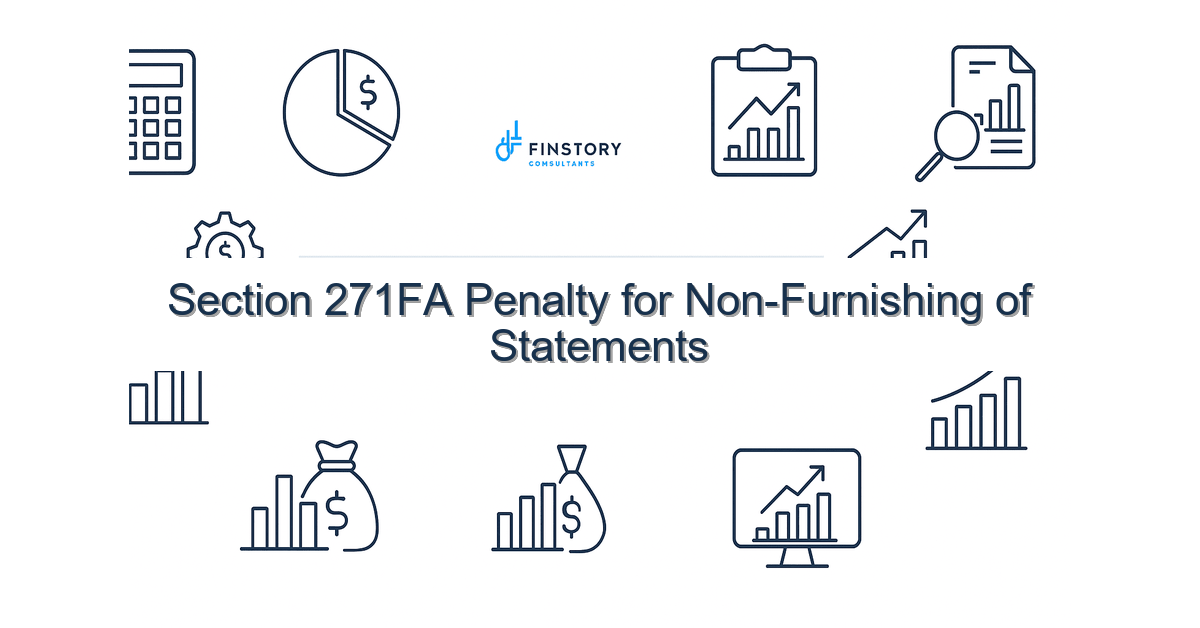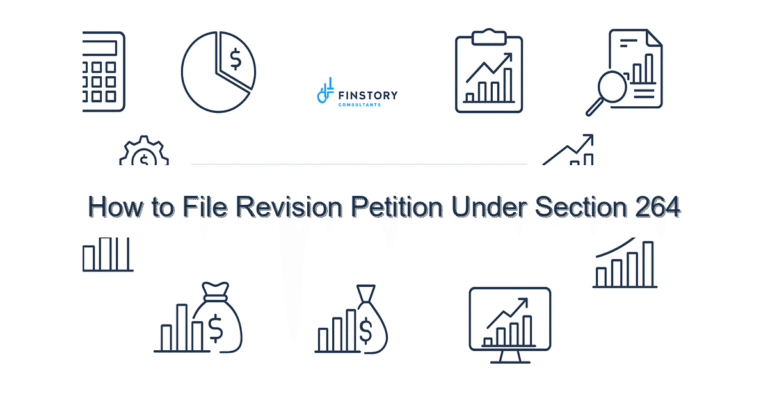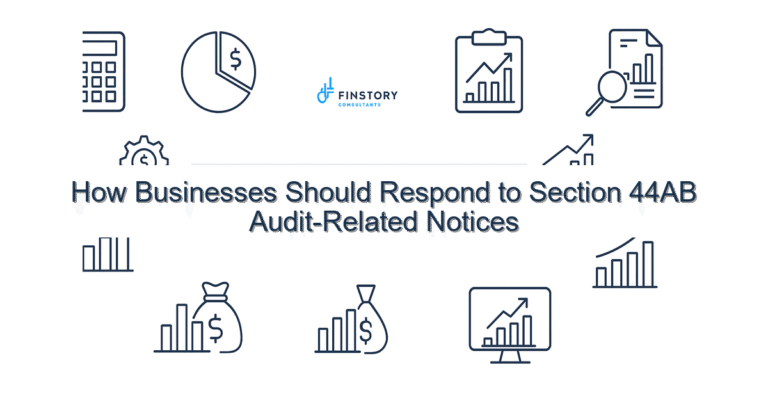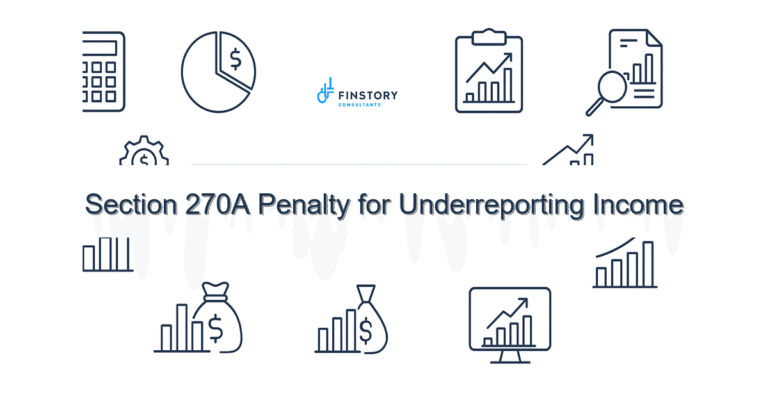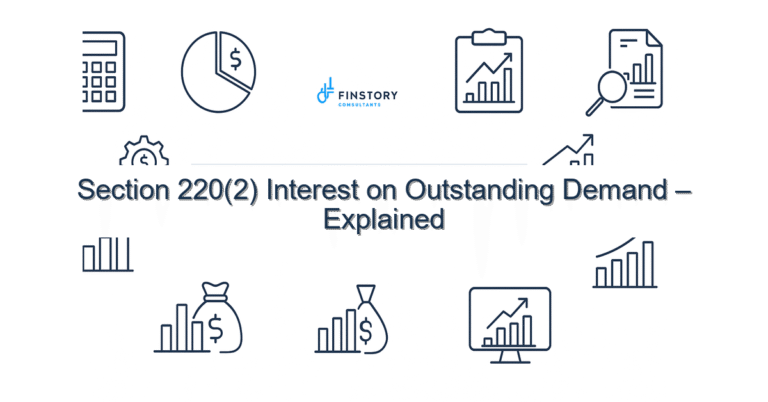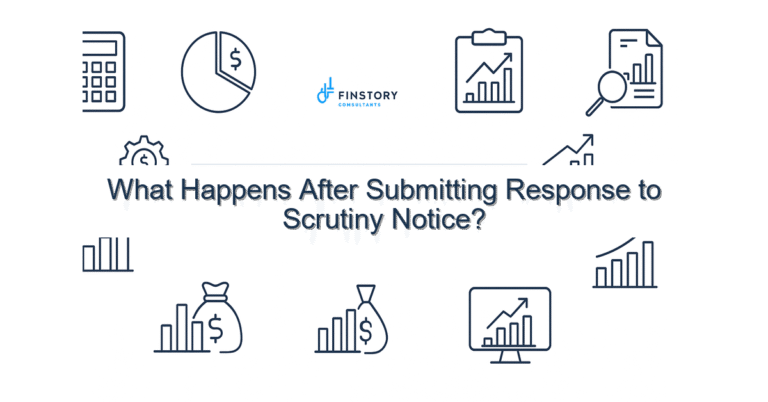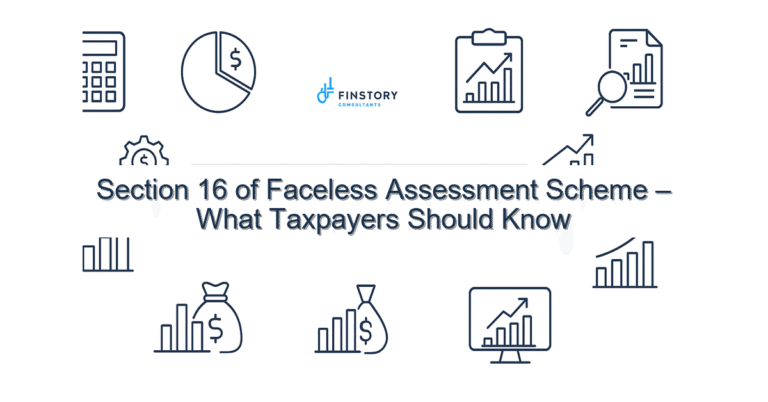Section 271FA Penalty for Non-Furnishing of Statements
Feeling anxious about tax notices or unexpected penalties? You’re not alone — many salaried employees, professionals, founders and MSMEs in India worry about compliance details that seem small but can trigger fines. Section 271FA is one of those provisions that can surprise taxpayers who didn’t realise a simple statement was mandatory.
Summary: Section 271FA penalises failure to furnish certain specified statements (mainly TDS/TCS related statements) within statutory timelines. The penalty can be a fixed amount or higher, but with the right process — checking AIS/26AS, reconciling TDS/TCS, and timely filing — you can avoid notices, save money and prevent headaches at assessment time.
What’s the real problem in India?
Many taxpayers in India are juggling multiple income streams, different tax regimes (new vs old regime slabs debates), and deadlines like the ITR filing last date. The tax system expects timely furnishing of TDS/TCS statements and other prescribed forms. Section 271FA specifically deals with penalties for not furnishing statements required under Chapter XVII-B (TDS/TCS) to the prescribed authority. Confusion around assessment year (AY) vs previous year (PY), CBDT timelines, and form names often causes the lapse.
- Symptom 1: You see mismatches in AIS/26AS but don’t know who filed what or why the employer/vendor didn’t submit a statement.
- Symptom 2: Your accounting team files GST and returns on time, but TDS/TCS statements or prescribed statements are missed.
- Symptom 3: You received a notice only after assessment — the statement wasn’t furnished and the penalty was levied automatically.
What people get wrong
Here are common pitfalls that lead to Section 271FA penalties:
- Assuming someone else (payer/payee/CA) filed the statement — lack of ownership.
- Not reconciling books with AIS/26AS and TDS/TCS records, so discrepancies go unnoticed until a notice arrives.
- Missing differences between various statements required under Chapter XVII-B and annual ITR; thinking ITR filing alone covers all reporting needs.
- Ignoring deadlines because focus is on ITR filing last date or Section 80C limit planning rather than statement furnishing timelines.
A better approach
Think of compliance in three clear layers: identify, reconcile, file. That reduces risk and keeps you audit-ready.
- Identify: List all statements you must furnish (TDS/TCS returns, Form 26Q/26QC/26QD where applicable, and other prescribed statements).
- Reconcile: Match your TDS/TCS credits in AIS/26AS with your books and bank statements monthly or quarterly.
- File & Confirm: File the statement before the CBDT timeline and keep proof of submission and acknowledgements.
Real-world snapshot: A Delhi-based startup founder missed filing a quarterly TDS statement while focusing on fund-raising. The company faced a Section 271FA penalty of Rs. 10,000 plus interest. After a reconciliation exercise and timely submissions the next quarter, the founder avoided further notices — total avoidable cost was about Rs. 30,000. Simple monthly checks would have prevented it.
Quick implementation checklist
- Identify which statements apply to you under Chapter XVII-B (TDS/TCS) for the current PY.
- Check AIS/26AS and reconcile credits against your books for the last 12 months.
- Confirm who is responsible (employer, vendor, your finance team) for each statement — assign ownership.
- Set calendar reminders for statement filing dates and CBDT timelines; don’t rely solely on ITR filing dates.
- Use e-filing portal to verify submissions and download acknowledgements immediately after filing.
- If you discover a missed statement, file it urgently and prepare a reconciliation note explaining the delay.
- If you receive a notice under Section 271FA, respond with proof of filing or your reconciliation and consult a tax expert promptly.
- Review TDS/TCS rates and thresholds annually (keep an eye on TDS/TCS changes in the Finance Bill).
What success looks like
- Fewer penalty notices under Section 271FA (target: 0 in a tax year).
- Higher accuracy in AIS/26AS — matching credits and filings (target: 95%+ match).
- Faster ITR processing with fewer objections or adjustments from the tax department.
- Lower overall tax outgo via timely TDS/TCS management and claim correctness (improved refunds %).
- Peace of mind and predictable cashflow — no sudden penalties derailing budgets.
Risks & how to manage them
Risk: Automatic penalties under Section 271FA for non-furnishing. Mitigation: Maintain a calendar, assign responsibility, and reconcile with AIS/26AS monthly.
Risk: Incorrectly filed statements or mismatched TDS leading to notices. Mitigation: Use TDS/TCS tracking tools and cross-check with bank statements and Form 16/Form 16A.
Risk: Late correction attempts drawing additional scrutiny. Mitigation: When filing belated statements, attach clear reconciliation and seek professional advice; early voluntary filings fare better in rectifications.
Tools & data
Make these your regular tools:
- AIS/26AS — primary source to verify TDS/TCS credits.
- e-filing portal (income tax india e-filing) — for submission, notices and downloads.
- TDS/TCS tracking tools and accounting software with auto-matching to bank feeds.
- Internal spreadsheets for quarterly reconciliations and audit trails.
FAQs
Q: What is Section 271FA in simple terms?
A: Section 271FA allows the tax officer to impose a penalty for failure to furnish certain statements (mostly TDS/TCS related) required under Chapter XVII-B. The amount varies with the specifics and timelines.
Q: Can I get penalised if my tax credits show in AIS/26AS but the statement wasn’t filed on time?
A: Yes. Presence of credit in AIS/26AS doesn’t substitute for the statutory obligation to furnish the prescribed statement. Reconcile and retain submission proofs.
Q: I missed the ITR filing last date; is that linked to Section 271FA penalties?
A: Missed ITR deadlines and Section 271FA are different issues: one relates to income tax return filing and the other to furnishing specific statements. Both can attract penalties, so fix both promptly.
Q: Does switching between new vs old regime slabs affect these statements?
A: Choice of tax regime impacts taxable income calculation and deductions (e.g., whether you use Section 80C limit benefits), but it doesn’t remove the obligation to furnish TDS/TCS statements under Chapter XVII-B.
Next steps
If any part of this feels overwhelming — especially reconciling TDS/TCS or responding to a notice — get tailored help. We help salaried taxpayers, professionals, founders and MSMEs review AIS/26AS, correct filings and defend against Section 271FA penalties. [link:ITR guide] [link:tax-saving tips]
Work with Finstory. Speak with an Expert for a personalised plan to reduce your tax outgo and stay compliant. Book a free 20-min consultation.
📞 Need help with Income Tax in India?
Book a 20-min consultation with our tax team. Individuals, founders & MSMEs welcome.
Prefer email or phone? Write to info@finstory.net
or call +91 44-45811170.
